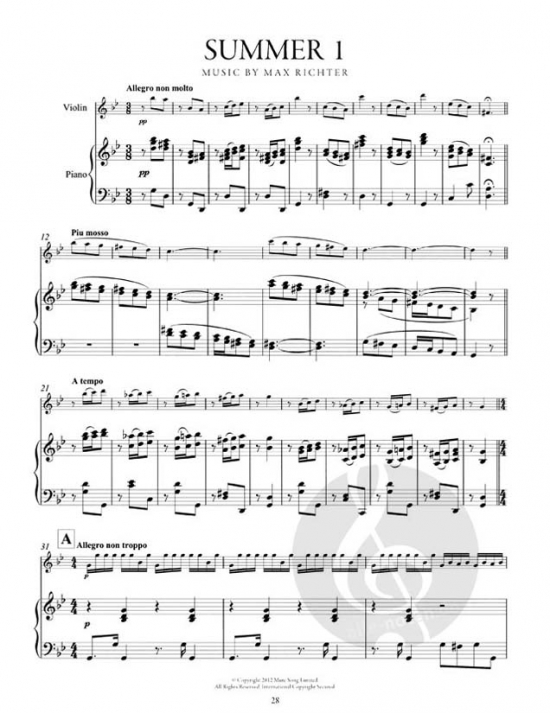

Vivaldi himself borrowed from his score for other works (as did Bach).

In concert, on recordings, on elevators, and on soundtracks for numerous films and movies, Vivaldi’s Four Seasons is simply irresistible. The Argentinean composer Astor Piazzolla wrote his Four Seasons of Buenos Aires (Las Cuatro Estaciones Porteñas) as separate works in the 1960s and ’70s these were later collected in a suite and arranged by Leonid Desyatnikov in the 1990s. Four Seasons has been arranged for different ensembles-brass quintet, saxophone quartet, vocal quartet, and massed guitars, to name just a few.

Still, freshening up this 300-year-old gem is a challenge that many have taken on. The depiction of nature and its seasonal changes, the charm of the musical illustration of the poems in each movement, the humor-these are the core elements of Vivaldi’s best-known work. 1718–20-will outstay its welcome, but there are few signs that this is will be the case anytime soon: the performances and recordings just keep coming. With such popularity comes the danger that the Four Seasons-actually a suite of four violin concertos written by the Venetian composer ca. Many professional violinists keep it under their fingers, knowing full well they may be asked to perform it at any time. Even the most casual listener will recognize its characterful melodies and bouncy rhythms. If you were to make a list of classical music’s greatest hits over the centuries, or even last year, Vivaldi’s Four Seasons would be close to the very top. By Inge Kjemtrup | From the July-August 2022 issue of Strings magazine


 0 kommentar(er)
0 kommentar(er)
